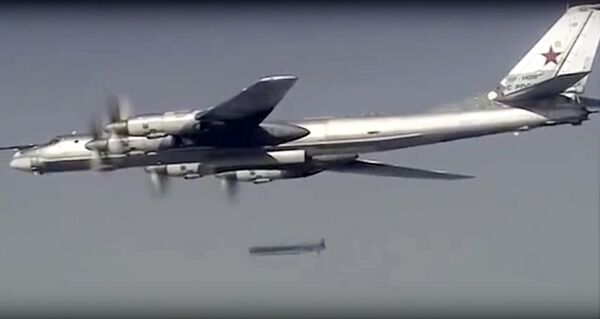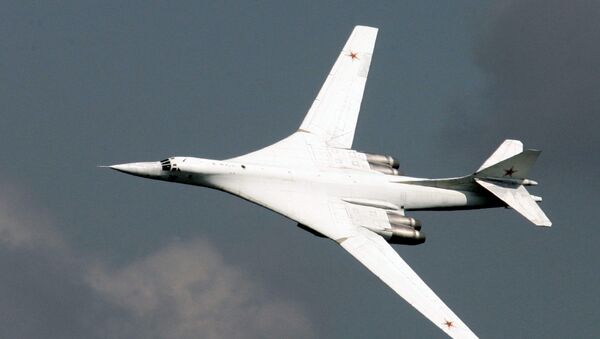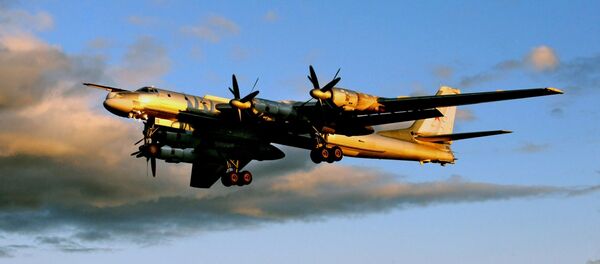The cruise missile is believed to have a range of up to 5,500 kilometers (over 3,400 miles). It is capable of travelling at a maximum speed of 270 m/s. The missile has a low altitude flight profile, travelling at 30-70 meters (100-230 feet) above the ground. The Kh-101 uses GLONASS, the Russian satellite navigation system, for trajectory correction and is reported to have an accuracy of five to six meters.
The Kh-101 is likely meant to replace the Kh-55, a subsonic air-launched cruise missile which has been in service since 1983.

Up to 12 Kh-101s can be equipped onto the Tupolev Tu-160 (Blackjack), while the Tupolev Tu-95 (Bear) is capable of carrying a maximum of eight of these missiles.
The operation also marked the first time that the Tu-160 and the Tu-95 took part in a combat operation.
The Tu-160 unleashed a total of 32 Kh-101 missiles on militant targets on November 19-20, 2015. Two Kh-101 missiles were also used to strike Daesh targets near the cities of Idlib and Homs on November 17, 2016.
The mission, which took place on February 17, marked the fifth time that Russia has used the Kh-101 in combat.
The Russian Ministry of Defense released a video of the operation, which saw the aircraft annihilate a command center of one of a major Daesh unit, as well as several militant camps and training centers.
Never miss a story again — sign up to our Telegram channel and we'll keep you up to speed!



